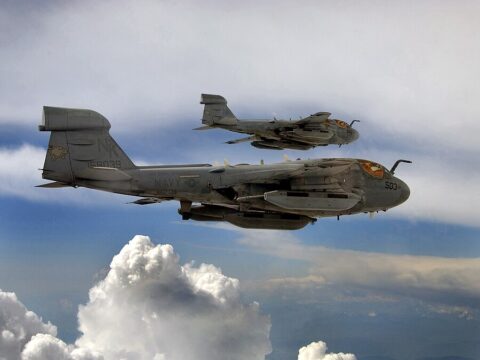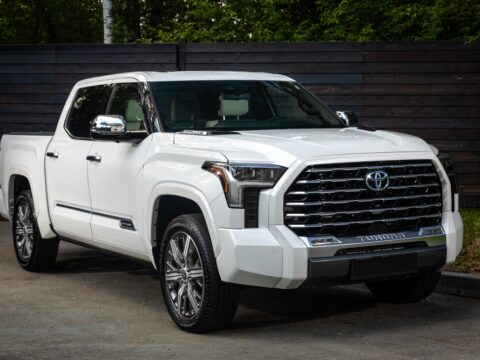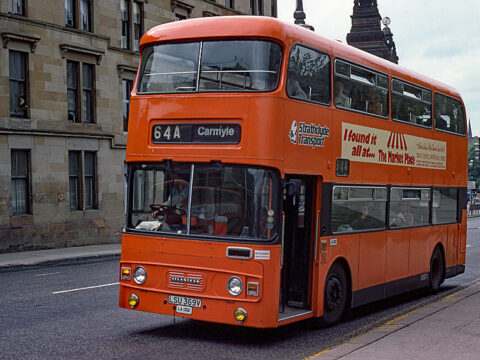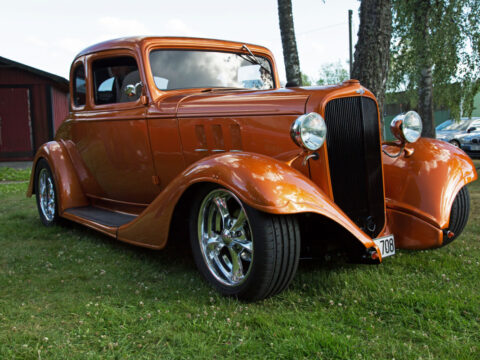Ducati has long been a name synonymous with speed, power, and racing excellence. Over the years, their superbikes have not only pushed the boundaries of performance but have also claimed numerous championship titles. In this article, we’ll explore 22 of Ducati’s most legendary superbikes and the impressive victories that cemented their place in racing history.
Contents
Ducati 851
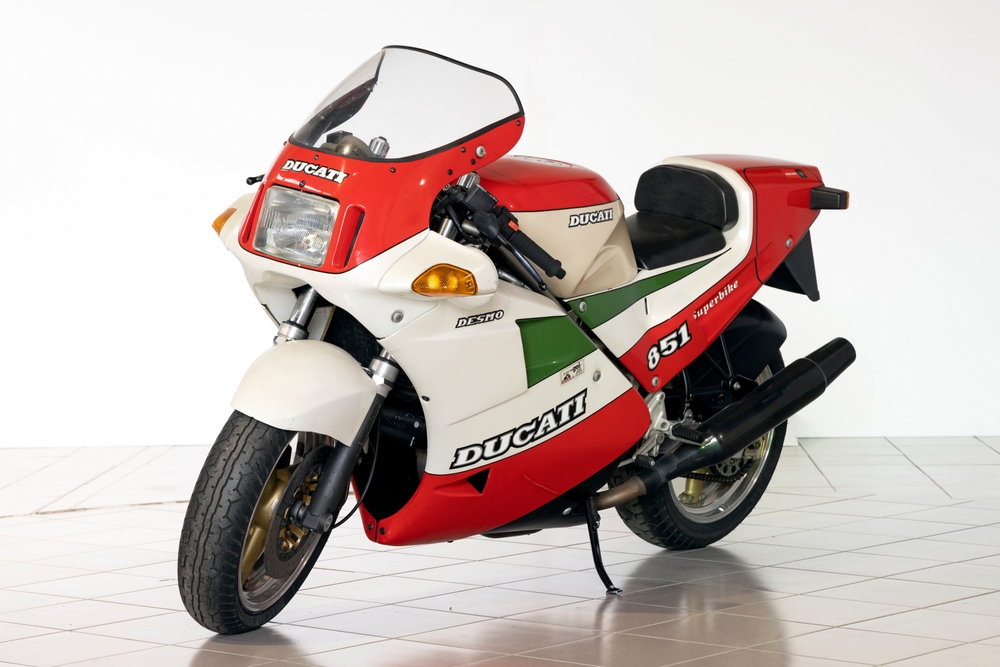
The Ducati 851 marked the beginning of Ducati’s dominance in the World Superbike Championship (WSBK), winning its first title in 1990. Featuring an 851 cc, 4-valve desmodromic engine, it introduced liquid cooling and fuel injection to the Ducati lineup, setting new standards in performance. The 851’s success on the track laid the foundation for Ducati’s future in superbike racing, making it a crucial part of the brand’s heritage.
Ducati 888
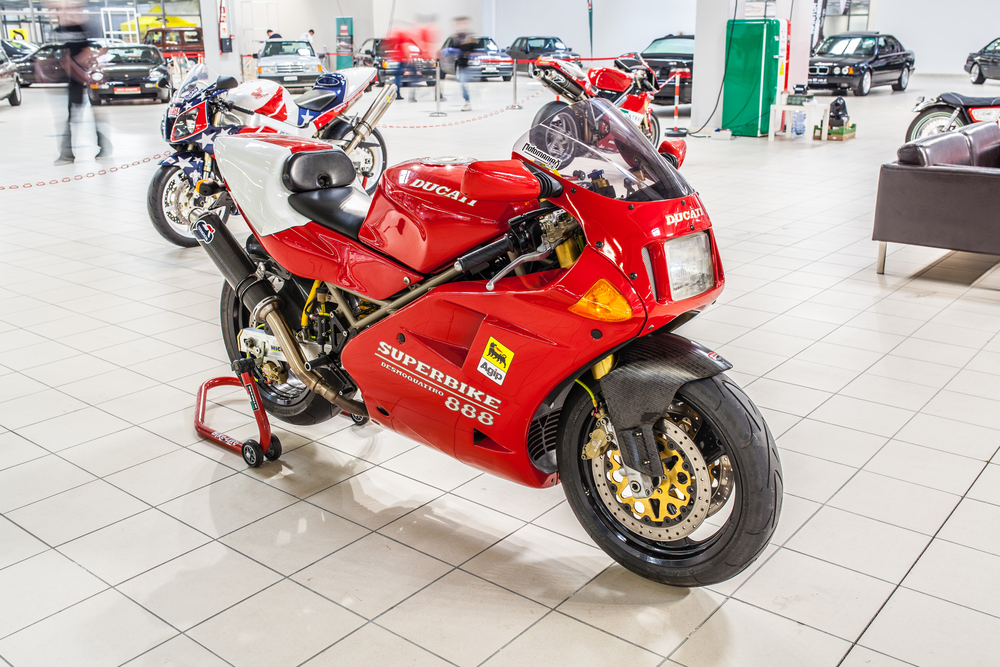
Following the success of the 851, the Ducati 888 continued to build on the legacy with back-to-back WSBK titles in 1991 and 1992, with Doug Polen at the helm. The 888 improved upon its predecessor with increased displacement and enhanced power, cementing Ducati’s reputation as a force in superbike racing. Its combination of speed, agility, and reliability made it a fan favorite and a key player in Ducati’s racing history.
Ducati 916
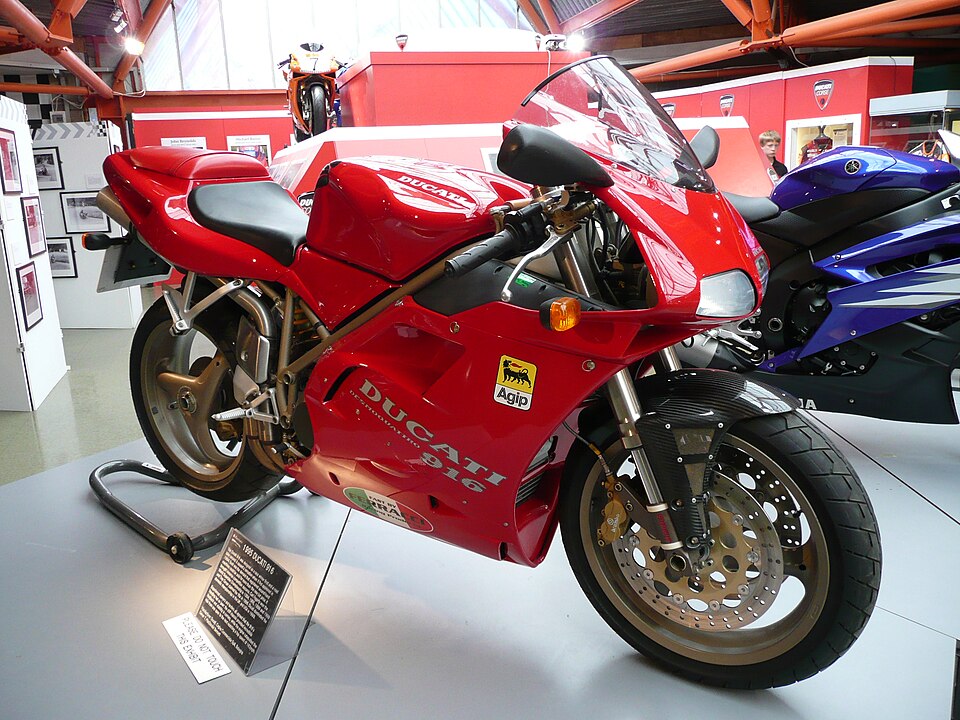
The Ducati 916 is often regarded as one of the most iconic superbikes ever produced. Winning four WSBK titles between 1994 and 1998, the 916 was a revolution in motorcycle design and performance. Its trellis frame, single-sided swingarm, and underseat exhaust set new standards, while Carl Fogarty’s victories on the 916 solidified its legendary status. The 916’s influence extends beyond racing, as it became a design icon for motorcycles worldwide.
Ducati 996
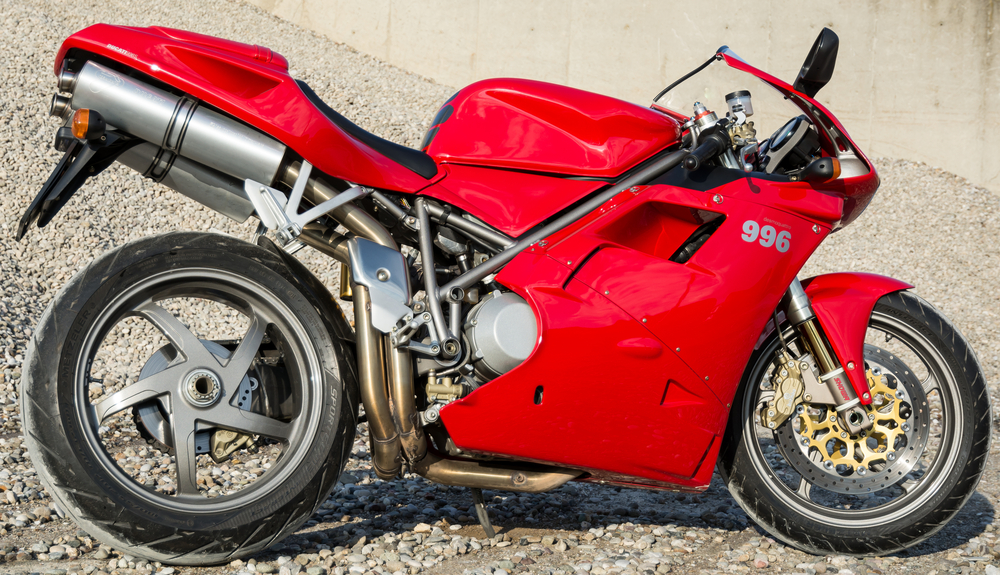
The Ducati 996 carried the torch from the 916, winning WSBK titles in 1999 and 2001. It retained the 916’s revolutionary design while incorporating a more powerful engine and improved aerodynamics. The 996 is particularly notable for being Troy Bayliss’ first championship-winning bike, beginning his illustrious career with Ducati. The 996 remains a celebrated model for its blend of aesthetics and performance.
Ducati 998
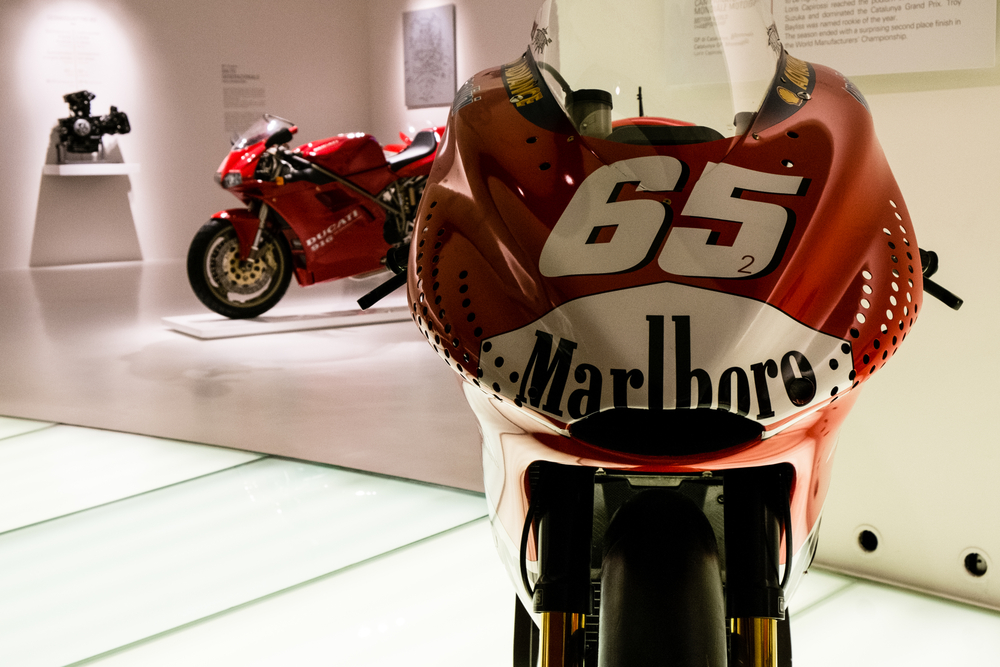
The Ducati 998 concluded the 916/996/998 trilogy with a WSBK title in 2002. It featured the Testastretta engine, which provided a significant boost in power and reliability, helping Troy Bayliss secure his second championship. The 998 represented the pinnacle of the series and is still revered for its performance on the track and its timeless design.
Ducati 999
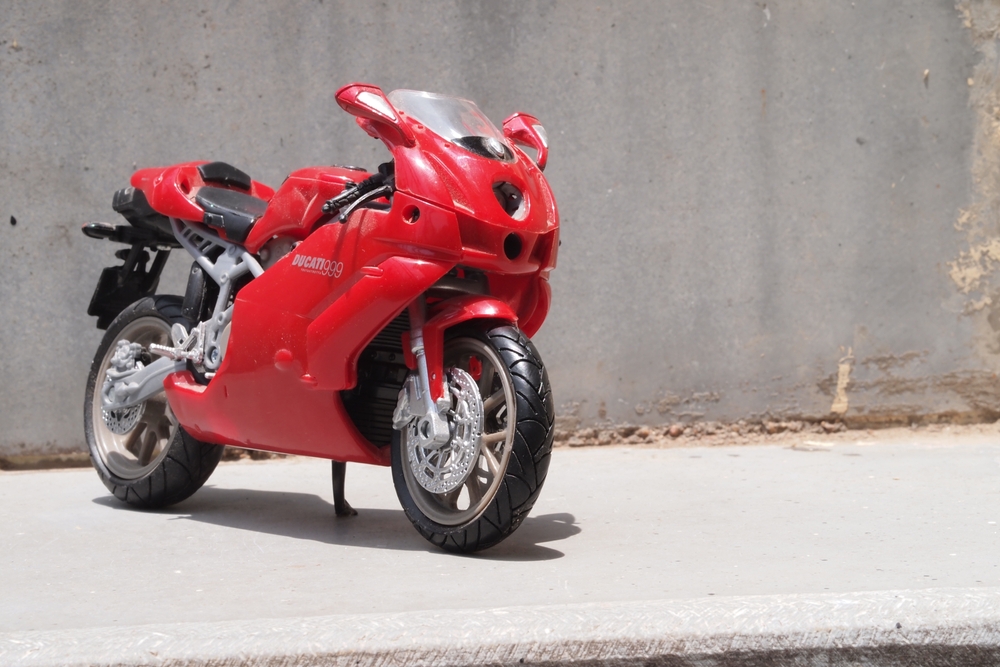
Despite initial controversy over its design, the Ducati 999 proved its worth by winning three WSBK championships in 2003, 2004, and 2006. The 999 featured an all-new chassis, improved aerodynamics, and a more refined Testastretta engine, offering exceptional handling and power. Its success on the track silenced critics and established the 999 as a significant chapter in Ducati’s racing history.
Ducati 1098
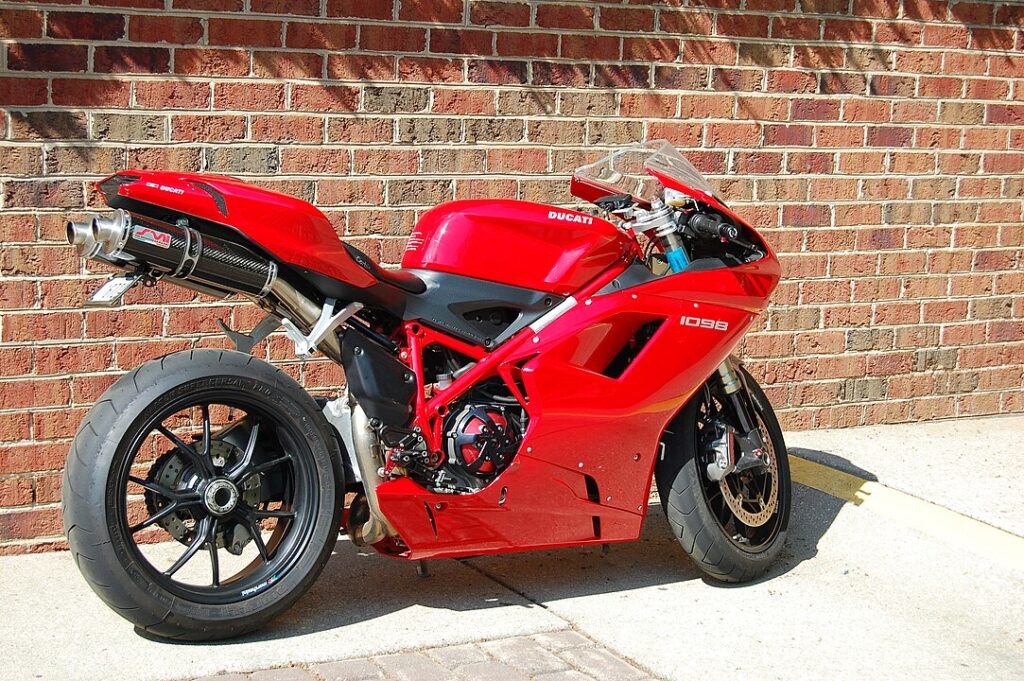
The Ducati 1098 marked a return to the classic Ducati design language, winning the WSBK title in 2008. With a 160 hp engine, lightweight chassis, and cutting-edge electronics, the 1098 was a formidable competitor. Troy Bayliss claimed his final WSBK title on this model, making the 1098 a symbol of Ducati’s enduring racing legacy.
Ducati 1198
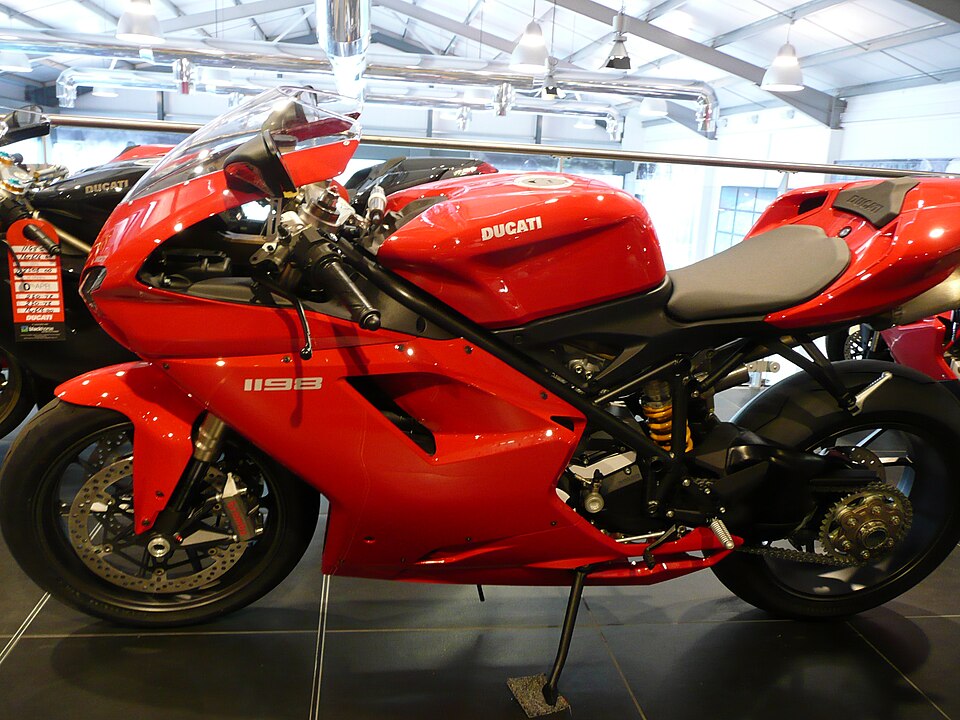
The Ducati 1198 continued Ducati’s legacy of excellence by winning the WSBK championship in 2011 with Carlos Checa at the helm. The 1198 featured the powerful Testastretta Evoluzione engine, delivering 170 hp, and advanced electronics such as traction control and data logging. Its combination of raw power and cutting-edge technology made the 1198 a formidable force on the track, solidifying Ducati’s dominance in the superbike world.
Ducati Panigale 1199

The Ducati Panigale 1199 redefined superbike design with its monocoque frame and highly advanced electronics, including a fully integrated riding mode system. In 2016, Shane “Shakey” Byrne rode the Panigale 1199 to victory in the British Superbike Championship (BSB), showcasing its agility and speed. The Panigale 1199’s innovative design and racing success have made it a modern icon in Ducati’s superbike lineup.
Ducati Panigale V4 R
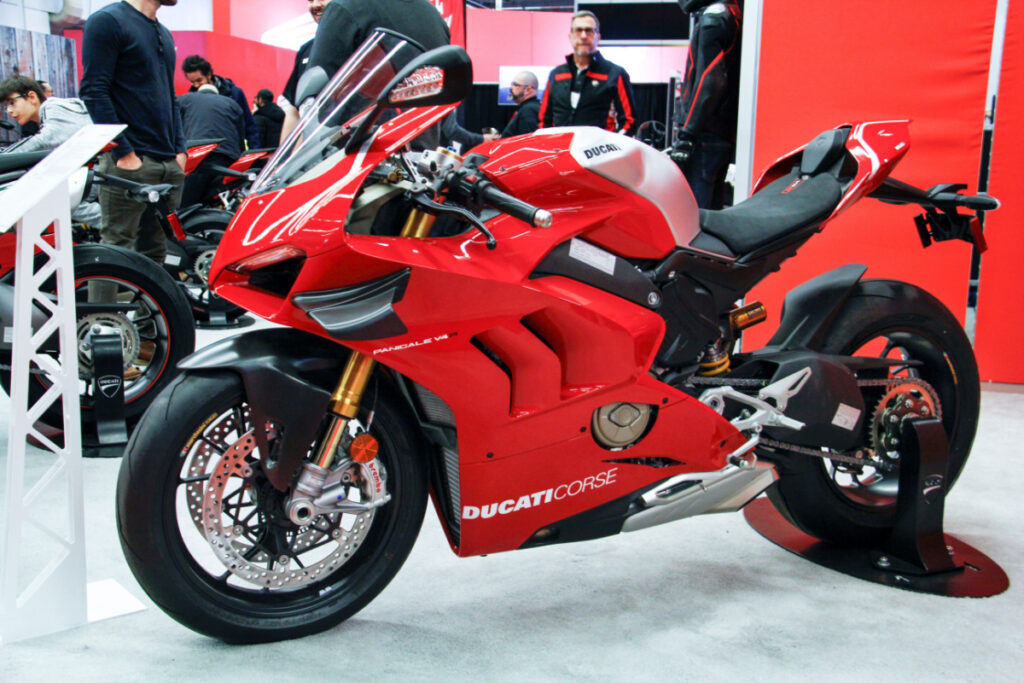
The Ducati Panigale V4 R, equipped with a 998cc Desmosedici Stradale R engine, marked a new era for Ducati with its four-cylinder layout, derived from the MotoGP technology. It claimed multiple British Superbike Championships (BSB) in 2019, 2020, and 2022, with riders like Josh Brookes and Jason O’Halloran leading the charge. The V4 R’s success, both in BSB and WSBK, demonstrates Ducati’s commitment to pushing the boundaries of superbike performance.
Ducati Desmosedici RR
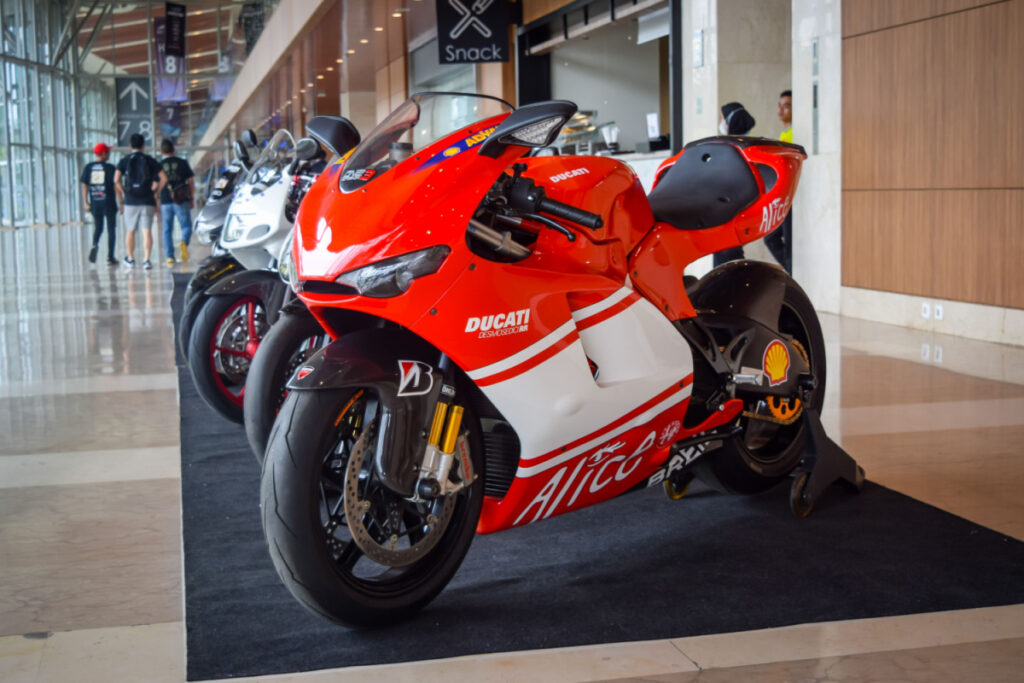
The Ducati Desmosedici RR was a road-legal version of Ducati’s MotoGP race bike, marking a significant milestone in the brand’s history. It played a crucial role in securing the MotoGP Constructors’ Championship in 2007, with Casey Stoner’s dominant performances. The Desmosedici RR’s direct connection to MotoGP technology, along with its limited production run, makes it one of the most sought-after Ducatis ever made.
Ducati 900SS
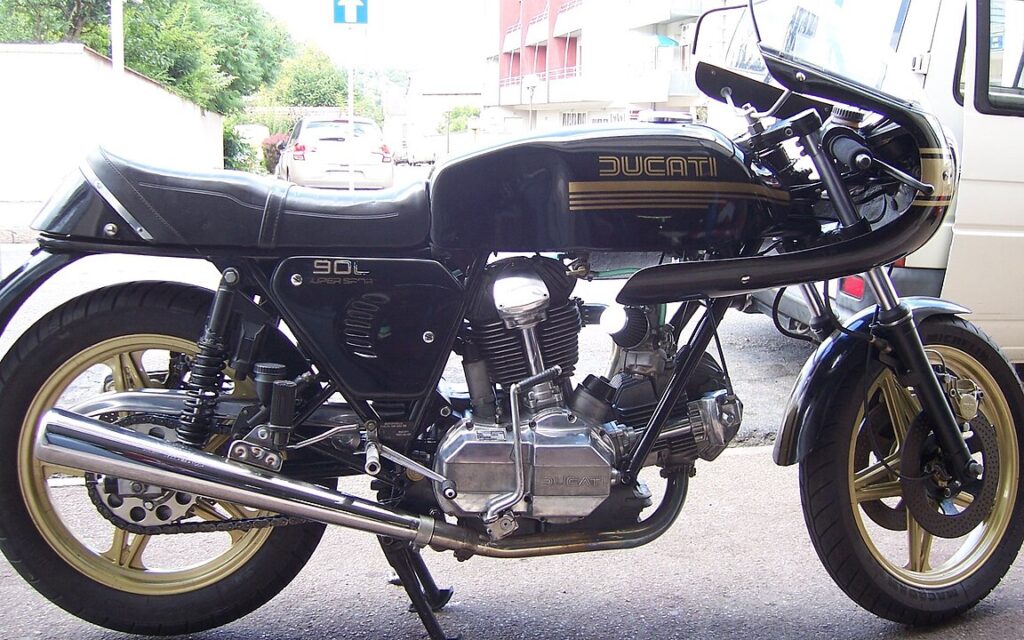
The Ducati 900SS was a cornerstone of Ducati’s early racing efforts, excelling in endurance racing throughout the 1970s. Known for its reliability and durability, the 900SS was a favorite among privateers and factory teams alike. Its success in endurance events, combined with its robust design and iconic desmodromic engine, cemented its place as a legendary Ducati superbike.
Ducati 750SS
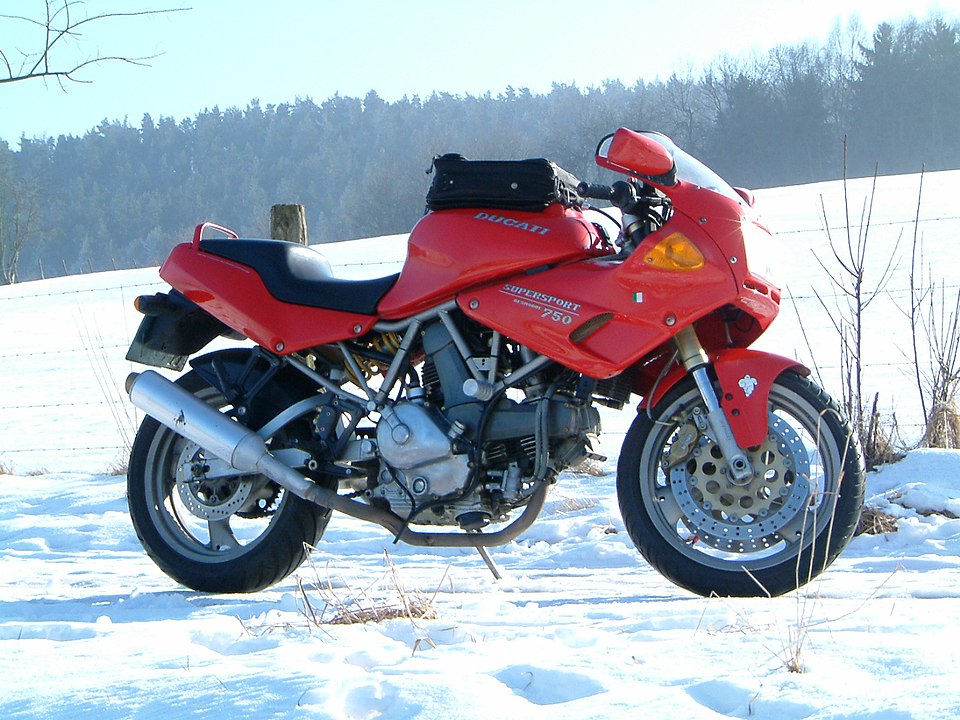
The Ducati 750SS is famous for its victory at the 1972 Imola 200, where Paul Smart rode it to an unexpected triumph. This victory was a pivotal moment in Ducati’s racing history, showcasing the potential of its desmodromic valve system and V-twin engine. The 750SS’s success at Imola laid the groundwork for Ducati’s future in high-performance motorcycles, making it a legendary model in the brand’s history.
Ducati 748
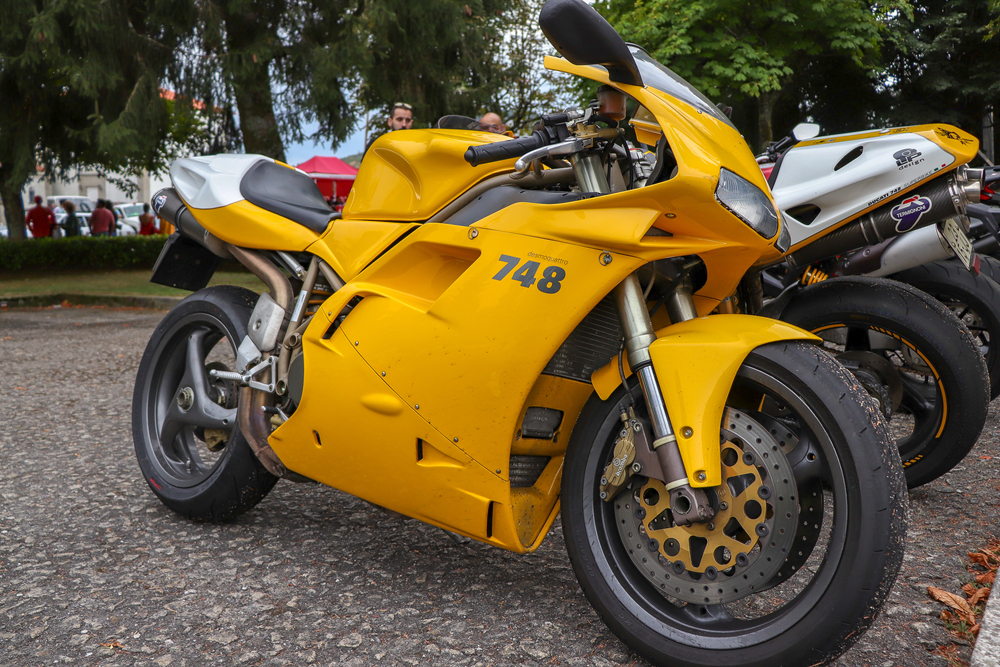
The Ducati 748 was the middleweight counterpart to the iconic 916, dominating the Supersport World Championship (SSP) from 1997 to 2000. Its combination of agility, power, and design excellence made it a force to be reckoned with in the Supersport class. The 748’s success in four consecutive championships demonstrated its capability and solidified its place as one of Ducati’s most celebrated superbikes.
Ducati 749
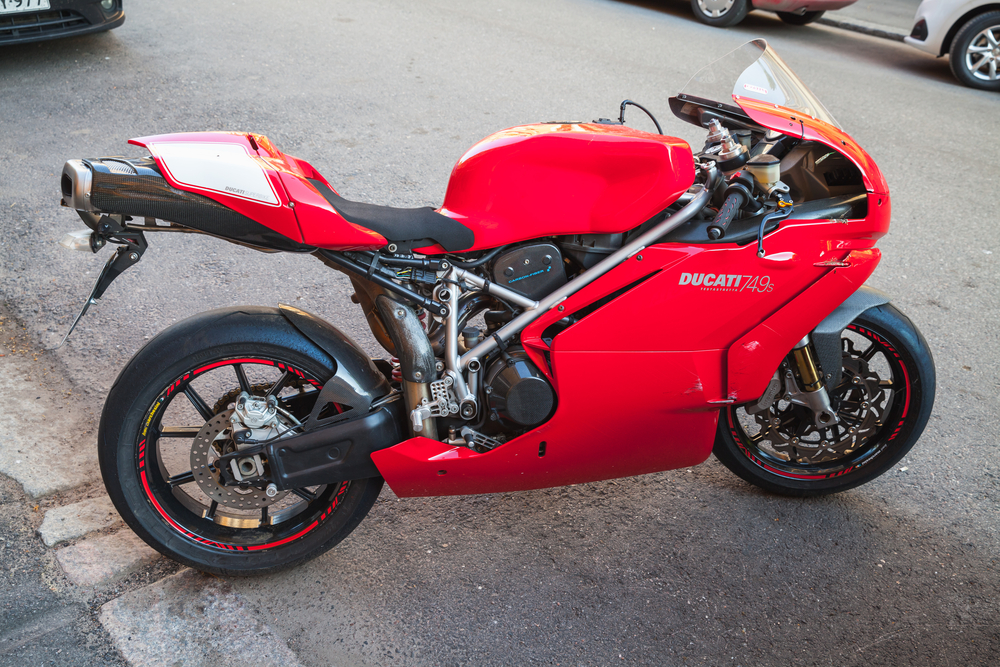
The Ducati 749 continued the legacy of its predecessor, winning Supersport World Championship titles in 2003 and 2004. With its advanced aerodynamics and a more refined engine, the 749 offered a perfect balance of power and handling. Its championship victories added to Ducati’s dominance in the Supersport category, making the 749 a key player in Ducati’s racing lineup.
Ducati Monster S4RS
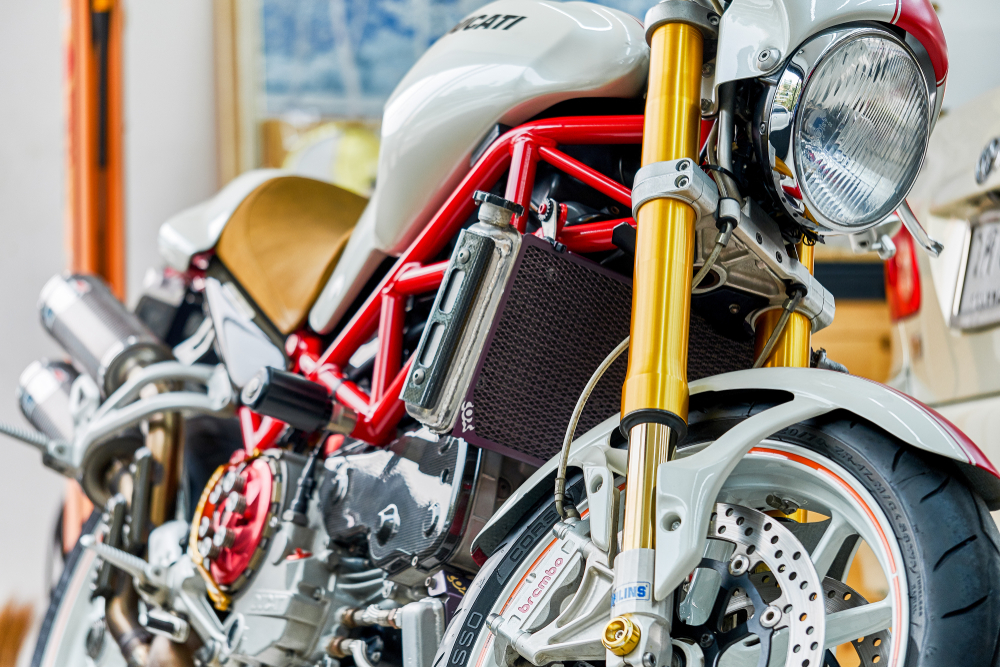
The Ducati Monster S4RS may not have won championships, but it played a significant role in Ducati’s success in the naked bike segment. Featuring a powerful 998cc Testastretta engine and premium suspension components, the S4RS was a favorite among street racers and enthusiasts. Its influence on Ducati’s naked bike series and its popularity in street racing circuits make it a legendary model in the Ducati lineup.
Ducati Hypermotard 1100
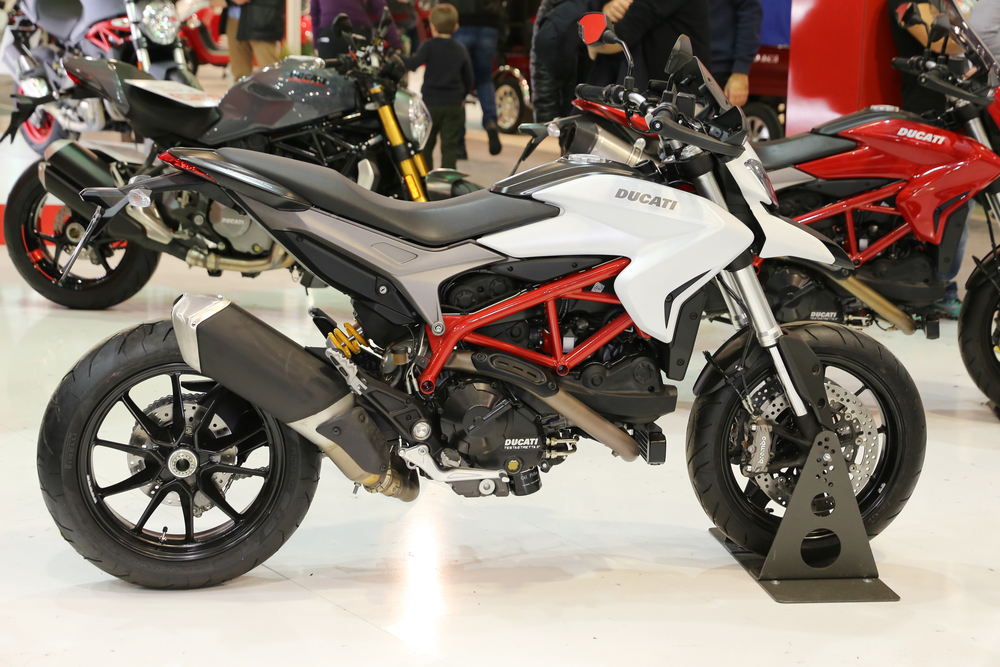
The Ducati Hypermotard 1100, known for its versatility and aggressive design, became a sensation in the supermoto racing scene. While it didn’t clinch any major championships, its performance in various supermoto races around the world showcased its capabilities. The Hypermotard 1100’s unique blend of power, agility, and design earned it a place in Ducati’s legendary superbike roster.
Ducati 1199 Panigale R

The Ducati 1199 Panigale R, with its cutting-edge design and performance, secured the British Superbike Championship (BSB) title in 2014. The Panigale R featured a 1199cc Superquadro engine, lightweight chassis, and advanced electronics, making it a top contender in both WSBK and BSB. Its championship success and innovative design have earned it a place among Ducati’s legendary superbikes.
Ducati 748R
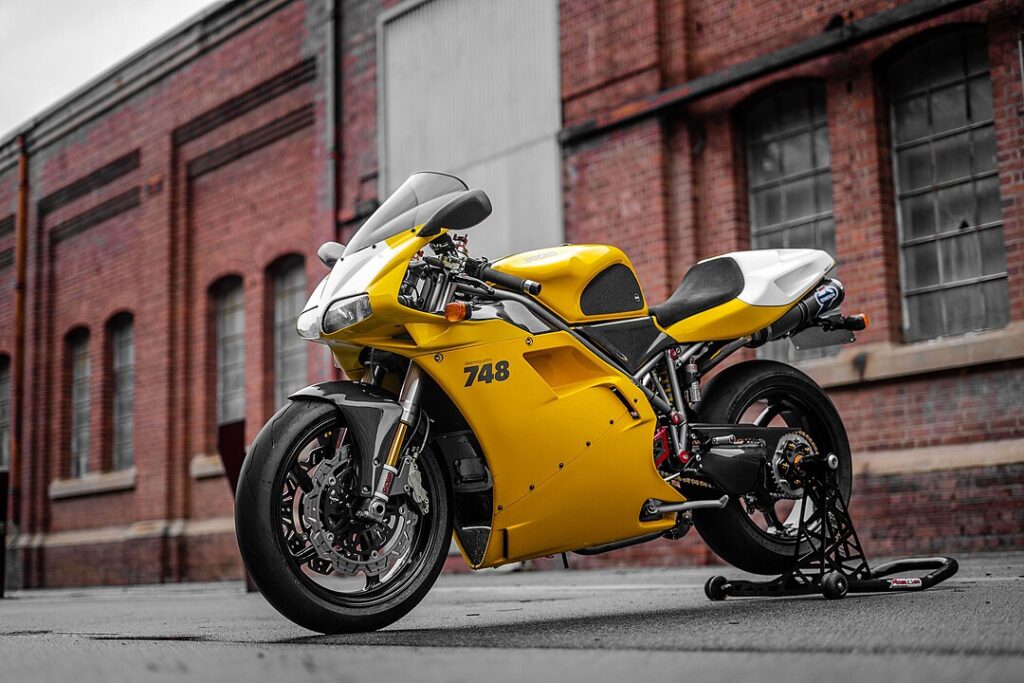
The Ducati 748R, an enhanced version of the 748, brought even more racing success to Ducati in the Supersport World Championship (SSP), clinching the title in 2001. The 748R featured improved suspension, brakes, and engine tuning, making it a dominant force in the Supersport class. Its contribution to Ducati’s racing heritage and its performance on the track make the 748R a legendary model.
Ducati 250 Desmo
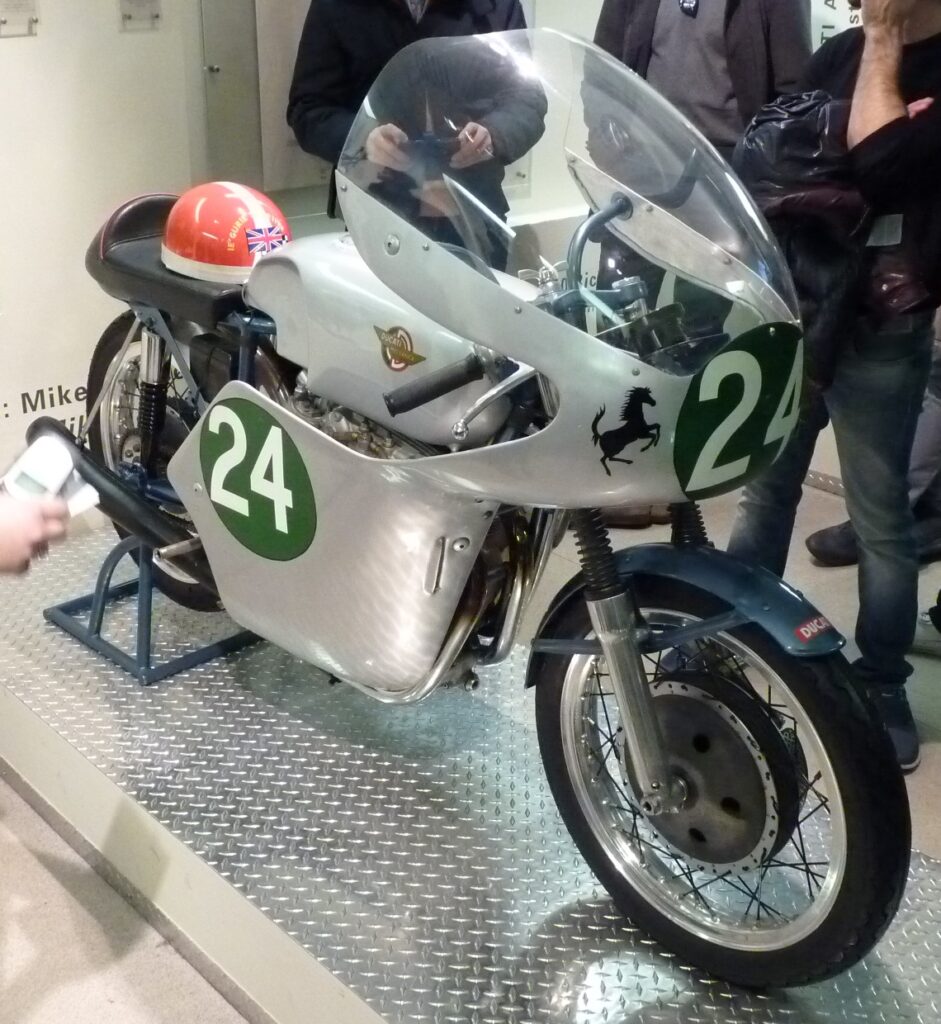
The Ducati 250 Desmo revolutionized motorcycle racing in the 1960s with its desmodromic valve system, leading to multiple Grand Prix victories. This innovative technology allowed for higher engine performance and reliability, giving Ducati a competitive edge. The 250 Desmo’s success in racing and its technological advancements make it a crucial part of Ducati’s legendary superbike history.
Ducati Desmosedici GP7
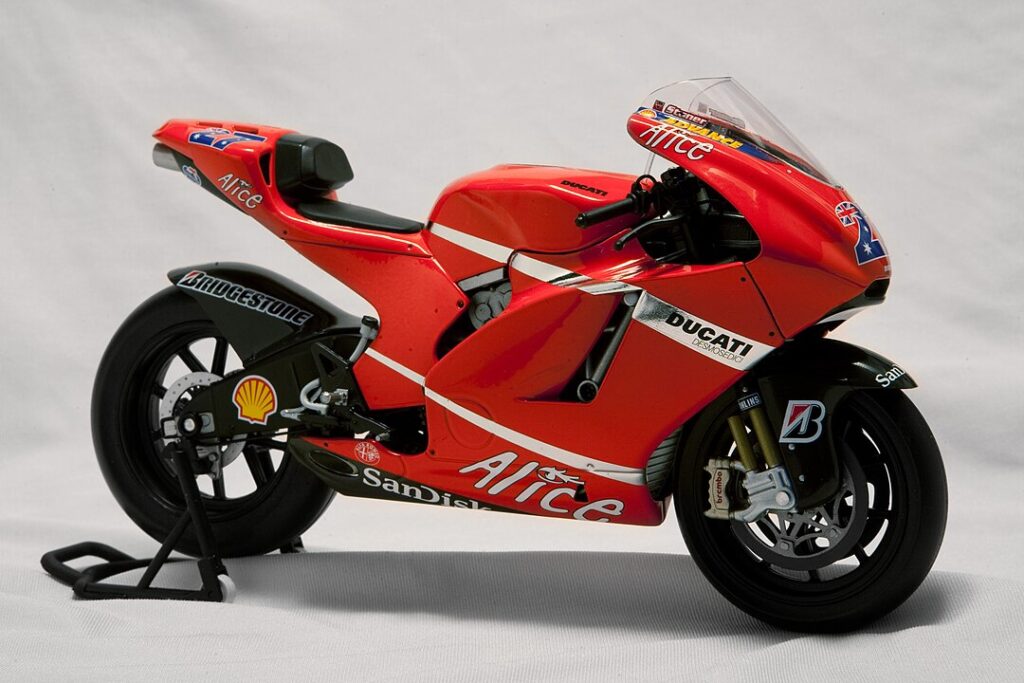
The Ducati Desmosedici GP7 was the bike that brought Ducati its first MotoGP World Championship title in 2007, with Casey Stoner at the helm. The GP7 featured advanced aerodynamics, cutting-edge electronics, and a powerful V4 engine, making it a dominant force in MotoGP. Stoner’s championship win on the GP7 is one of the most celebrated moments in Ducati’s racing history, solidifying its status as a legendary superbike.
Ducati 998R
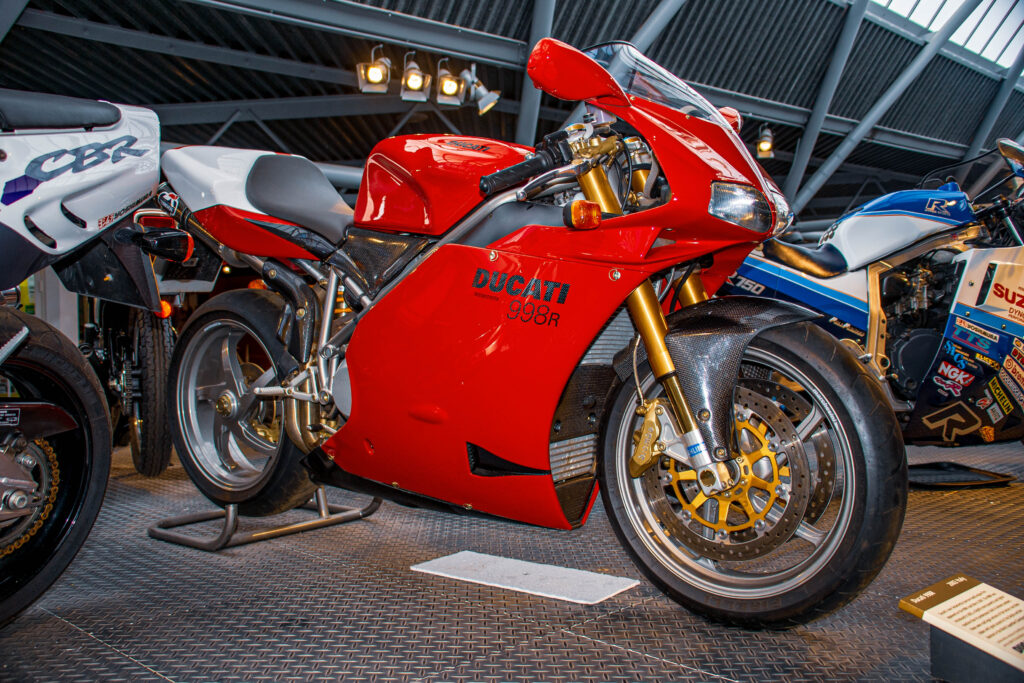
The Ducati 998R was the final evolution of the iconic 916 series, bringing Ducati another WSBK title in 2002. It featured the advanced Testastretta engine, delivering increased power and performance. The 998R’s success on the track, combined with its status as the last in the legendary 916/996/998 series, makes it a highly sought-after model and a true legend in Ducati’s superbike history.
This article originally appeared in MyCarMakesNoise.
More from MyCarMakesNoise
8 Iconic Race Cars with Strong Investment Potential

Investing in classic race cars is not just about the thrill of ownership; it’s also a smart financial move. Some race cars have stood the test of time, becoming highly sought-after collectibles. Read More
17 Unbelievable Engineering Feats in Submarine History

Submarines have fascinated us for over a century with their incredible feats of engineering. From the early prototypes to today’s advanced underwater vessels, the innovations in submarine technology have been nothing short of remarkable. Read More
15 Airliners That Failed to Make an Impact

Commercial aviation has seen its share of triumphs and tribulations. While some airliners revolutionized air travel, others failed to leave a mark. Read More

